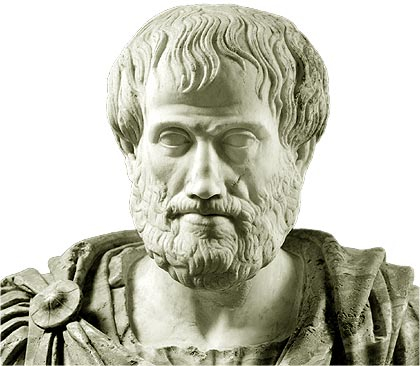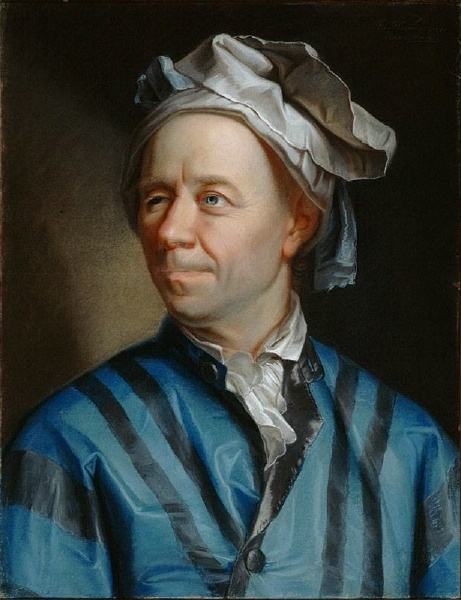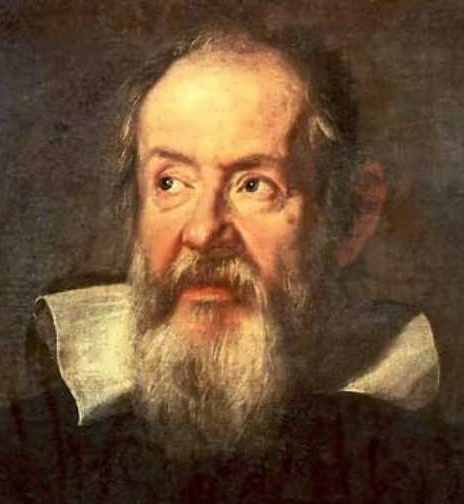Angular Momentum
Equation
Momentum was defined as the product of mass and velocity, which is equal to:
| $ p = m_i v $ |
The analogue to velocity
.
ID:(3251, 0)
Model
Concept
Variables
Parameters
Selected parameter
Calculations
Equation
$ \Delta\vec{L} = \vec{L} - \vec{L}_0 $
&DL = &L - &L_0
$ \vec{p} = m_i \vec{v} $
&p = m_i * &v
$ \Delta L = L - L_0 $
DL = L - L_0
$ \Delta p = p - p_0 $
Dp = p - p_0
$ L = I \omega $
L = I * omega
$ p = m_i v $
p = m_i * v
ID:(15528, 0)
Moment in more dimensions
Equation
Momentum is a measure of the quantity of motion that increases with both mass and velocity.
In cases with more dimensions, velocity becomes a vector and thus so does momentum:
If the momento ($p$) is defined with the inertial Mass ($m_i$) and the speed ($v$) as
| $ p = m_i v $ |
This relationship can be generalized for more than one dimension. In this sense, if we define the vector of the velocidad de las partículas (vector) ($\vec{v}$) and the momento (vector) ($\vec{p}$) as
$\vec{p}=(p_x,p_y,p_z)=(m_iv_x,m_iv_y,m_iv_z)=m_i(v_x,v_y,v_z)=m_i\vec{v}$
then
| $ \vec{p} = m_i \vec{v} $ |
ID:(3599, 0)
Variation of angular momentum
Equation
Similar to the case of translation, where the third principle states that every action has an equal and opposite reaction:
| $ \Delta p = p - p_0 $ |
The analogous concept in rotation is
.
ID:(9875, 0)
Variation of angular momentum (vector)
Equation
Just as in the one-dimensional case, the change in angular momentum is
| $ \Delta L = L - L_0 $ |
this can be generalized to more dimensions as
.
ID:(10986, 0)
Aristoteles
Description
Since the times of Aristotle, there have been attempts to understand how motion is generated.

Aristotle was the first to attempt to understand the motion of bodies. In his book "De Caelo" (On the Heavens), he sought to comprehend the movement of celestial bodies (planets) as well as bodies on Earth. He concluded that celestial bodies are "perfect" and therefore do not fall, while "sublunary" bodies are imperfect and experience falling. He also proposed that the time it takes for an object to fall is proportional to its mass, a notion that we now know to be false.
ID:(320, 0)
Euler
Description
In the search for laws that allow us to describe motion, Euler began working with the concept of momentum in 1744.

Euler analyzed how a particle behaves based on what he called "action" at the time, which he defined as the sum of momentum along the path the particle travels. His work laid the foundations for the study of motion and made significant contributions to the development of modern physics.
ID:(635, 0)
Galileo Galilei
Description
Galileo questioned Aristotle\'s assertion that the time of descent of objects is proportional to their mass. Through experimental observations, he demonstrated that objects fall to the ground in the same amount of time regardless of their mass. He also challenged another claim by Aristotle that, in the absence of external forces, objects naturally come to rest.

In his book "Dialogue" Galileo presented his principle of relativity, which states that the laws of physics are the same in all inertial reference frames. According to this principle, the concept of being at rest or in motion is relative and depends on the observer\'s frame of reference. Galileo\'s ideas laid the foundation for the development of modern physics and marked a shift towards a more empirical and experimental approach to understanding the natural world.
ID:(634, 0)
Momentum Difference
Equation
According to Galileo, objects tend to maintain their state of motion, meaning that the momentum
$\vec{p} = m\vec{v}$
should remain constant. If there is any action on the system that affects its motion, it will be associated with a change in momentum. The difference between the initial momentum $\vec{p}_0$ and the final momentum $\vec{p}$ can be expressed as:
ID:(3683, 0)
